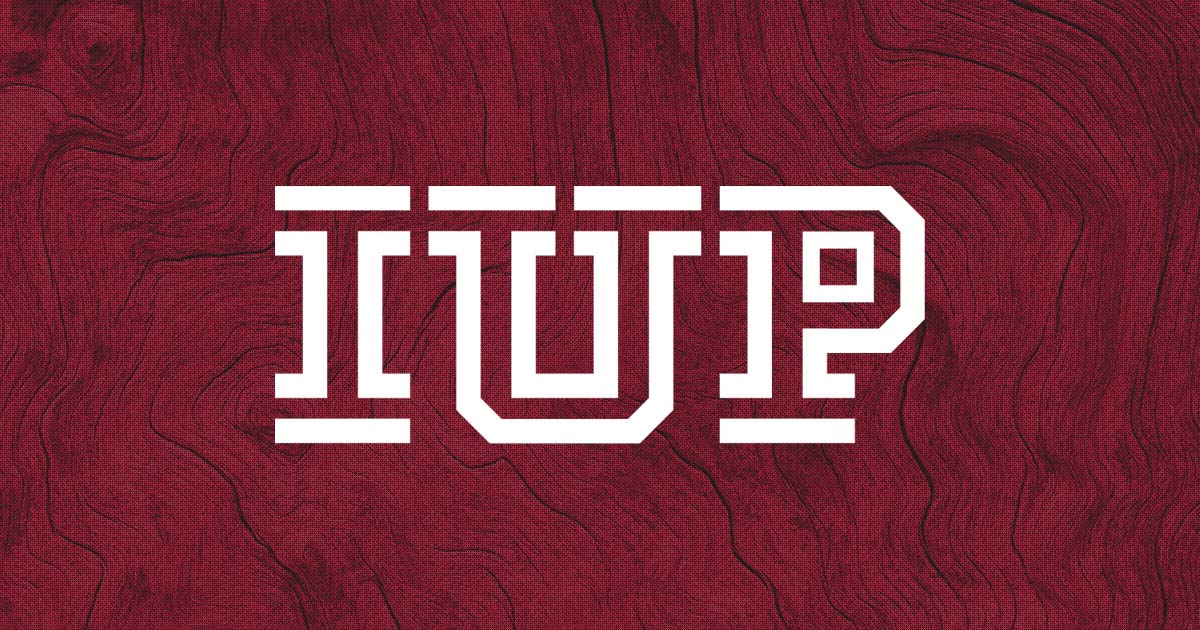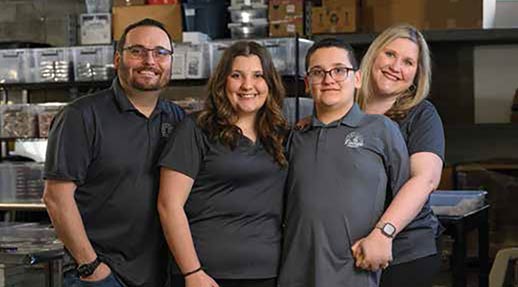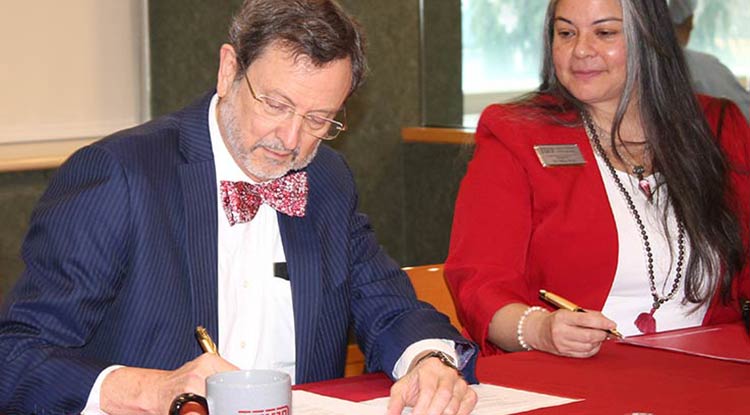Department of Defense POW/MIA Accounting Agency Credits IUP Team with Assisting in World War II Pilot Identification
On July 11, the Department of Defense POW/MIA Accounting Agency distributed a news release about the identification of a World War II soldier who...























